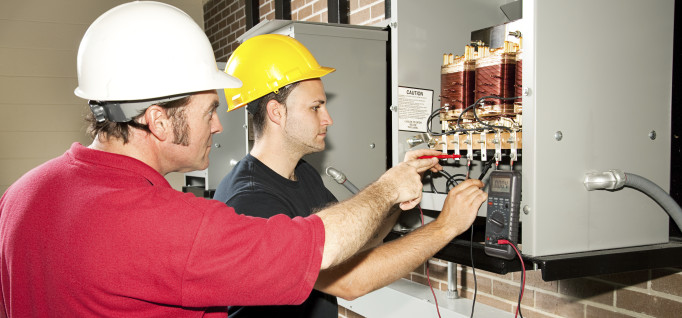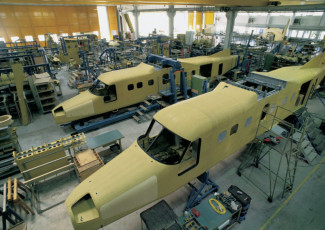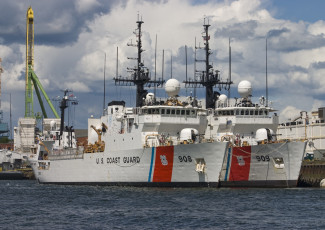Building a Successful Apprentice Program — the Industry Perspective
By Dennis Pierce
April 26, 2016
A look at what Dow Chemical wants from its community college partners.
When Dow Chemical Company needed to expand its Gulf Coast operations, Stacey Chiasson, Dow’s public affairs coordinator, got on the phone with Monty Sullivan, president of the Louisiana Community and Technical College System (LCTCS).
Within 30 days, the two organizations had signed a memorandum of understanding (MOU) outlining plans for a new apprenticeship program, which will be funded by a U.S. Department of Labor grant.
“I called the system president and said, ‘I have an amazing opportunity, but I’m not sure how this is going to work. Can we talk?’ That afternoon, we were all on the phone,” Chiasson says. “To be able to act quickly and take advantage of an emerging opportunity, the partners have to be willing to be nimble and quick — and the Louisiana college system was.”
Opportunities will come and go, Chiasson says, and programs will change over time. “Your community college and industry partners have a responsibility to keep each other engaged about what their needs are at the time,” she says. “If you’re both committed to that, then when the opportunities come up or the programs change, you can react so much more quickly. The relationship and the shared vision, that’s what pushes success.”
How the apprentice program will work
Dow has other apprenticeship sites in Texas, California and Michigan, and the company has worked with LCTCS before. This apprenticeship program targets students interested in careers as chemical process operators, electrical instrument technicians or millwrights.
Apprentices will work toward their associate’s degree while acquiring three years of training and on-the-job experience. During this time, Dow will fund students’ tuition and pay them a competitive salary that increases over the course of the program. Upon completion, participants will have a chance to work full-time for the company.
The program will begin this fall, and Dow expects to hire 20 applicants. “Since we signed the MOU, we’ve been at high schools and local fairs to publicize the program,” Chiasson says. “We’ve already received well over 300 applications. It’s exciting to see people taking advantage of it.”
Subhed: What Dow looks for in an education partner
What are the keys to successful partnerships between community colleges and manufacturers? Chiasson says her company looks for three things in particular from its higher education partners:
- A shared vision among top-level leadership
- Willingness to listen to employers’ needs
- A commitment to sitting at the table
“What’s most valuable [to us] is a shared vision around workforce development,” Chiasson says. “Sometimes that means on-the-job training. Sometimes it’s customized training. Sometimes it’s an Associate of Applied Science degree.”
A successful relationship is “a partnership in the true sense of the word,” she adds, “where it’s not just about dollars, but it’s a two-way street. It’s developing curriculum. It’s recruiting the right students who are going to make good employees. It’s the college staff understanding the technical needs of the industry. It’s the industry understandin






